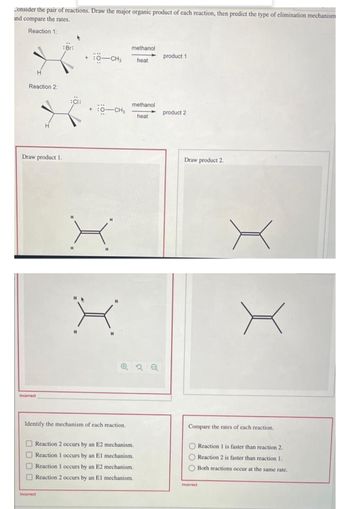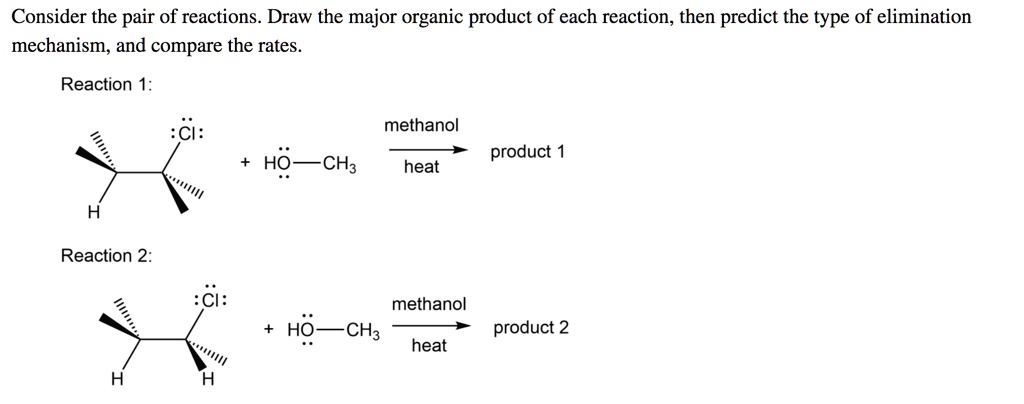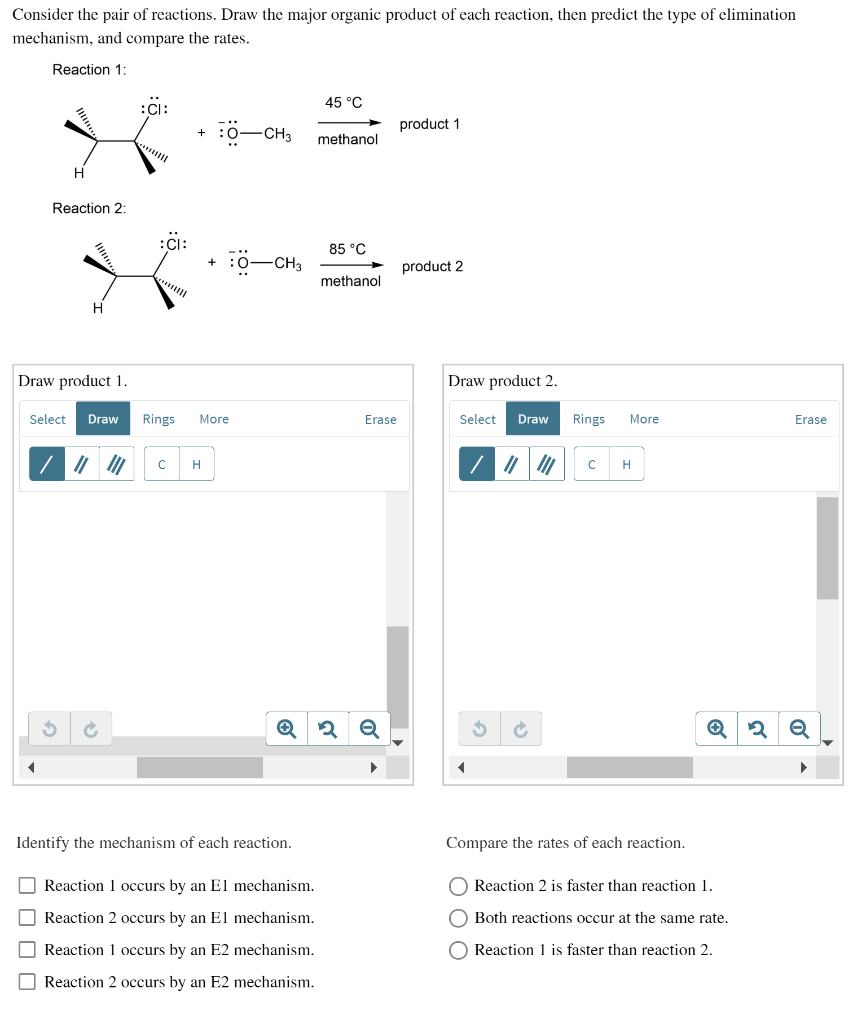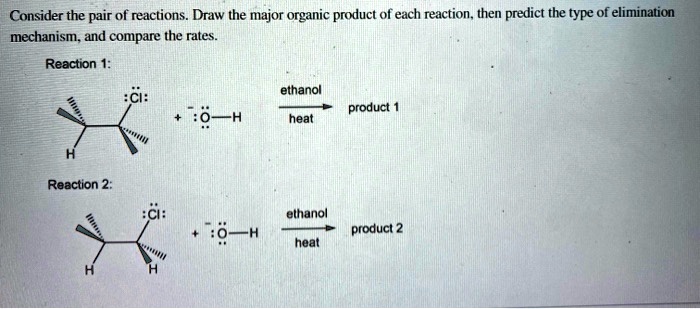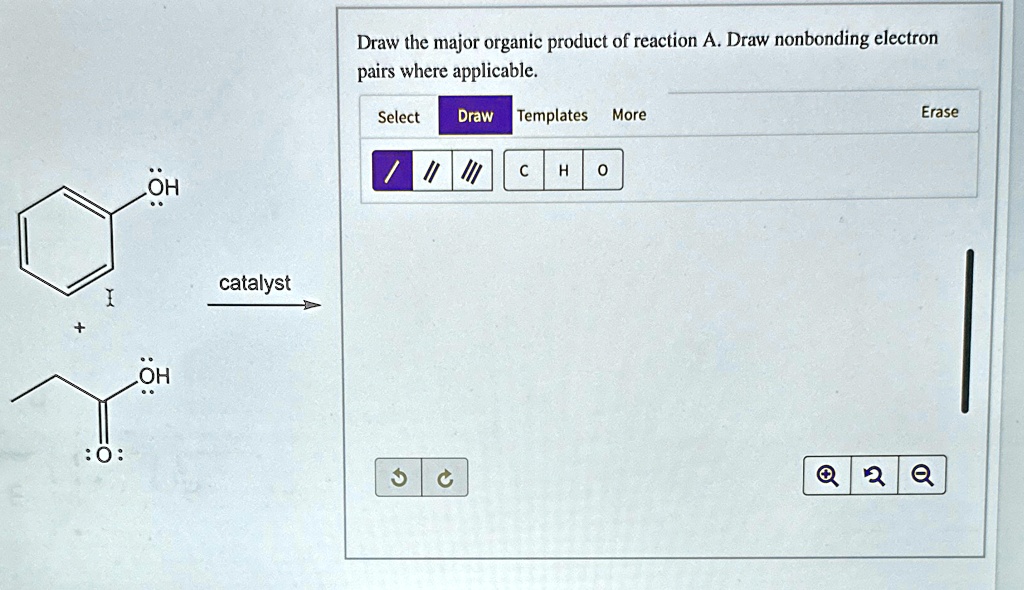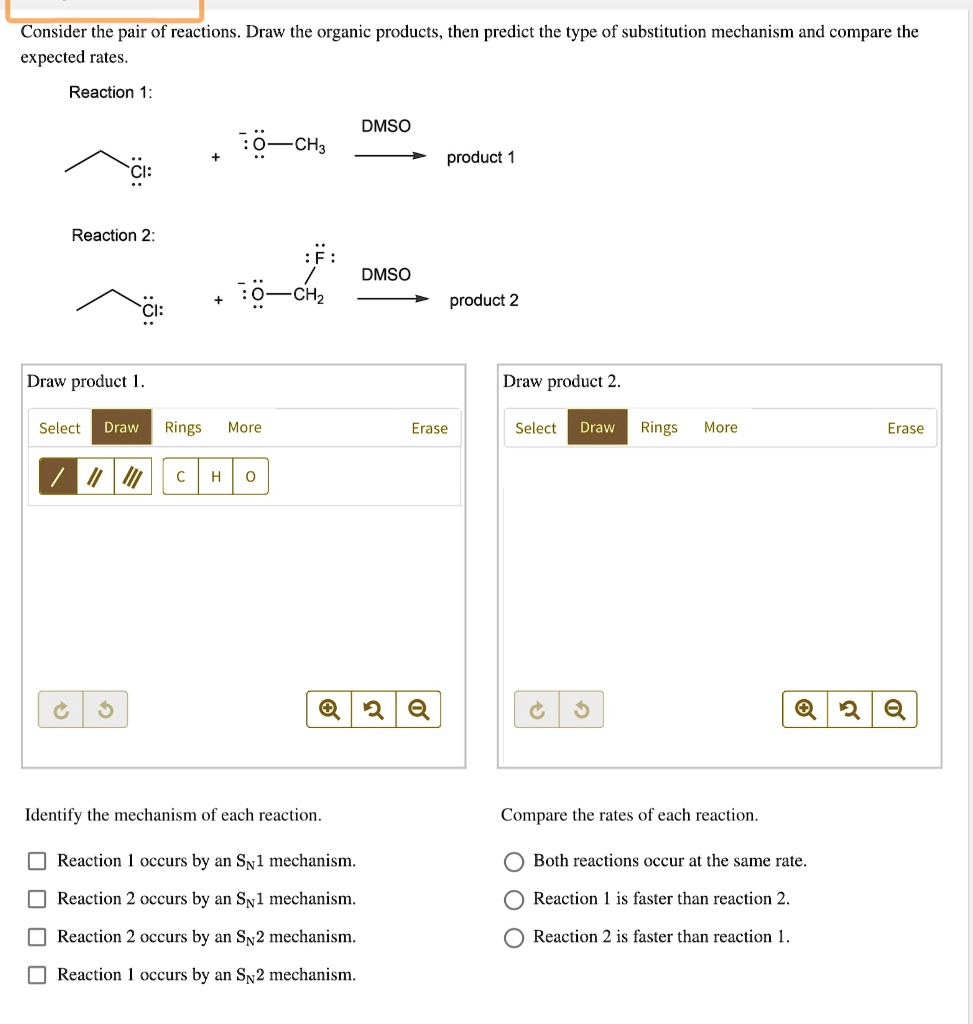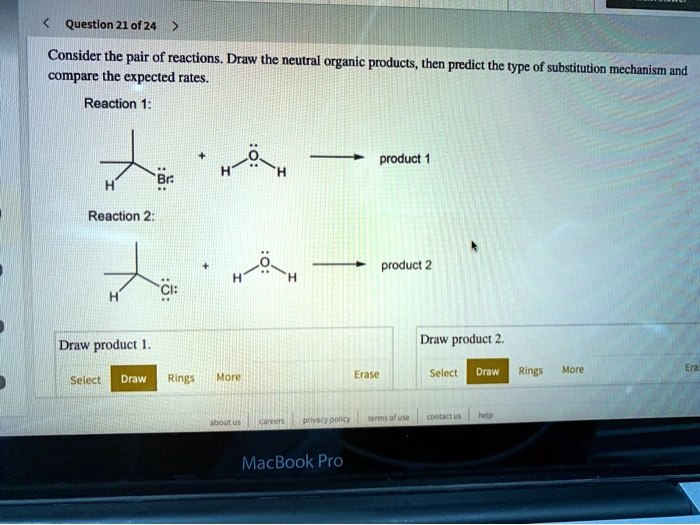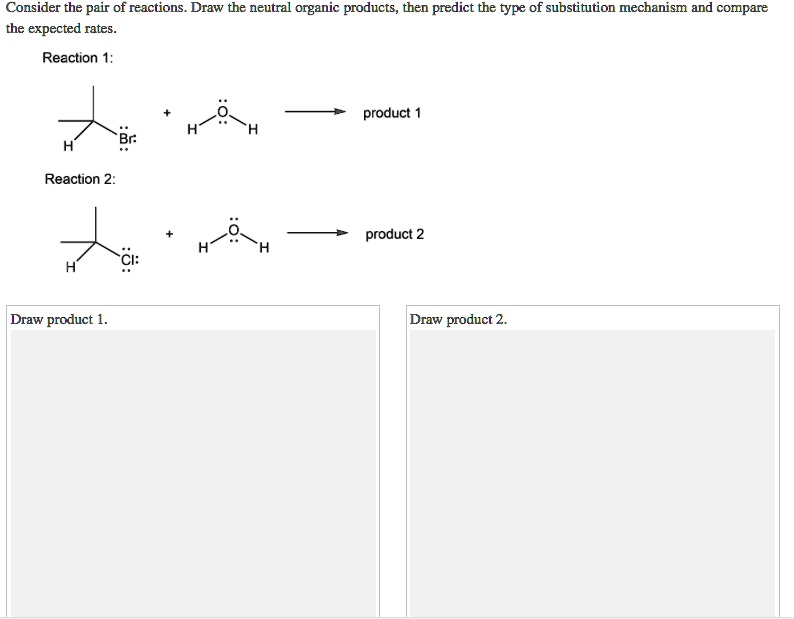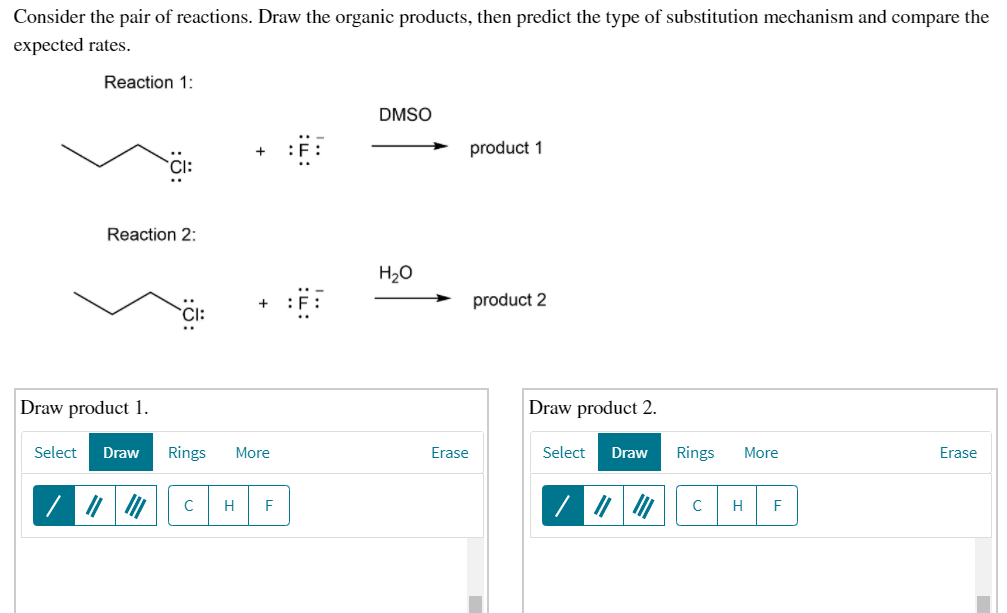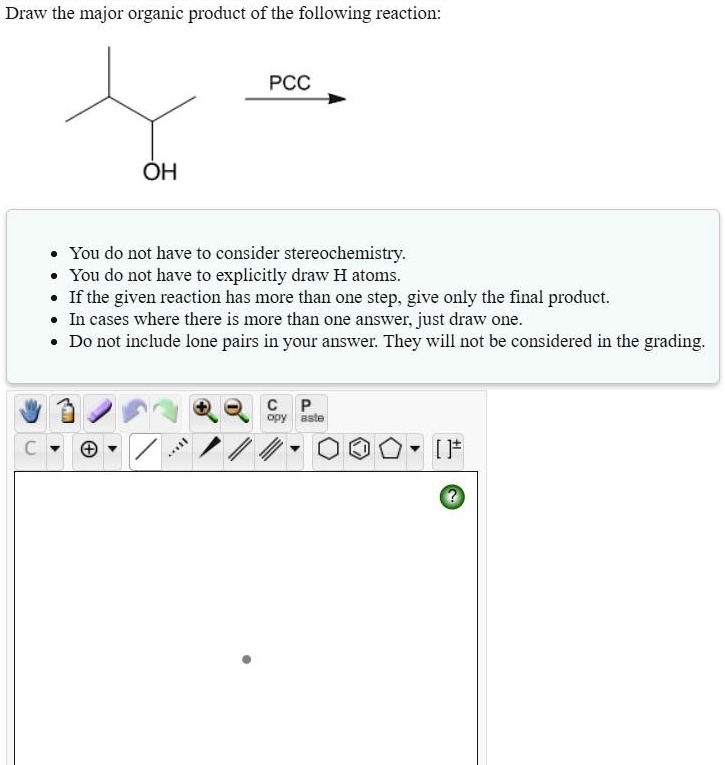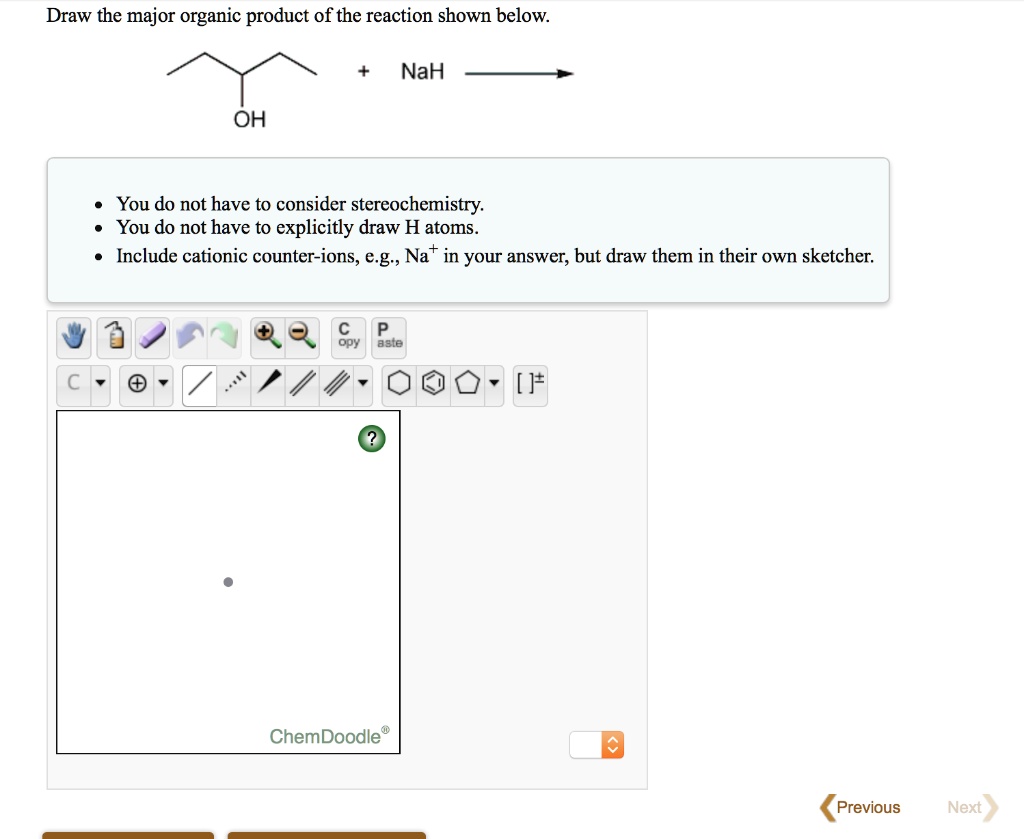Consider The Pair Of Reactions Draw The Major Organic Product
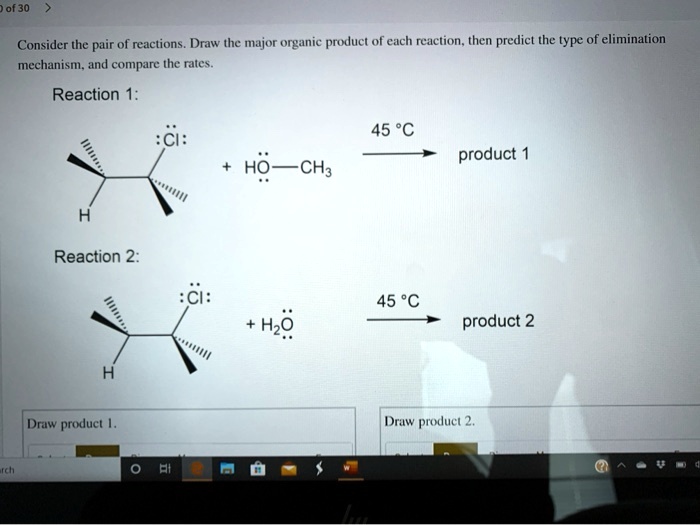
Urgent reports are flooding in regarding a critical challenge in organic chemistry: predicting the major product of paired reactions. Experts are racing against the clock to understand and address the complexities hindering accurate predictions.
The inability to consistently determine the major organic product in a sequence of reactions is impacting various fields. Pharmaceutical research, materials science, and chemical engineering are all affected.
The Core Problem
Researchers are grappling with accurately forecasting the outcome when two or more reactions are performed consecutively. Subtle changes in reaction conditions can drastically alter the product distribution. This necessitates a deep understanding of reaction mechanisms.
Factors influencing product formation include steric hindrance, electronic effects, and solvent polarity. Temperature, reaction time, and the presence of catalysts also play pivotal roles.
Impact on Pharmaceuticals
In drug discovery, synthesizing specific molecules with high purity is paramount. An incorrect prediction can lead to the formation of undesired isomers or byproducts. These can reduce the drug's efficacy or introduce toxic side effects.
Companies are investing heavily in computational modeling and advanced analytical techniques. They are striving to improve the accuracy of reaction predictions and optimize synthetic routes.
Materials Science Implications
The synthesis of advanced materials often involves complex reaction sequences. Controlled polymerization and functionalization reactions are essential to achieve desired material properties.
Unpredictable reaction outcomes can result in materials with inconsistent characteristics. This can compromise their performance in applications such as electronics, energy storage, and aerospace engineering.
Who is Involved?
Researchers at leading universities and pharmaceutical companies are actively engaged. MIT, Stanford, and Harvard have dedicated research groups. These groups are working to develop more reliable prediction models.
Major pharmaceutical firms such as Pfizer, Merck, and Novartis are also heavily invested. They are trying to solve this challenge to accelerate drug development pipelines.
Recent Breakthroughs
Advances in machine learning are showing promise in predicting reaction outcomes. Algorithms trained on vast datasets of chemical reactions can identify patterns and trends. These patterns help predict product distributions with increasing accuracy.
Researchers have also developed more sophisticated computational methods. These methods can model reaction mechanisms and transition states with greater precision. These improvements allow for more accurate predictions.
Challenges Remain
Despite these advancements, significant challenges persist. Accurately modeling complex reaction systems remains computationally intensive. The availability of high-quality experimental data for training machine learning models is limited.
The inherent complexity of chemical reactions can make predictions difficult. There are also unknown factors that can influence the outcome.
Where and When?
The research is being conducted in laboratories around the globe. Data is being collected and analyzed from various sources.
The urgency is particularly high now. It's due to the increasing demand for new drugs and advanced materials.
This challenge is an ongoing effort. Scientists hope to make significant progress within the next few years.
How is this being addressed?
Scientists are employing several strategies to improve reaction prediction accuracy. They are using computational chemistry, experimental validation, and data analysis.
Computational chemistry allows researchers to simulate reactions and predict product distributions. This is based on the principles of quantum mechanics and molecular dynamics.
Experimental validation involves performing reactions in the lab. This is done to confirm the predictions made by computational models. Data analysis is used to identify patterns and trends. These trends help refine the prediction models.
The Role of Data
The availability of high-quality data is crucial for developing accurate prediction models. Researchers are working to create comprehensive databases of chemical reactions and their outcomes.
These databases are used to train machine learning algorithms. These also validate computational models and provide insights into reaction mechanisms.
Next Steps
Ongoing research efforts are focused on refining computational models and expanding the availability of experimental data. Researchers are also exploring new approaches. They are hoping to integrate data from different sources. They aim to improve prediction accuracy even further.
Collaborations between academic institutions and industry partners are essential. They help to accelerate the pace of discovery and innovation.
The scientific community remains committed to tackling this challenge. They hope to unlock new possibilities in chemistry and related fields. They will continue to collaborate and innovate.
